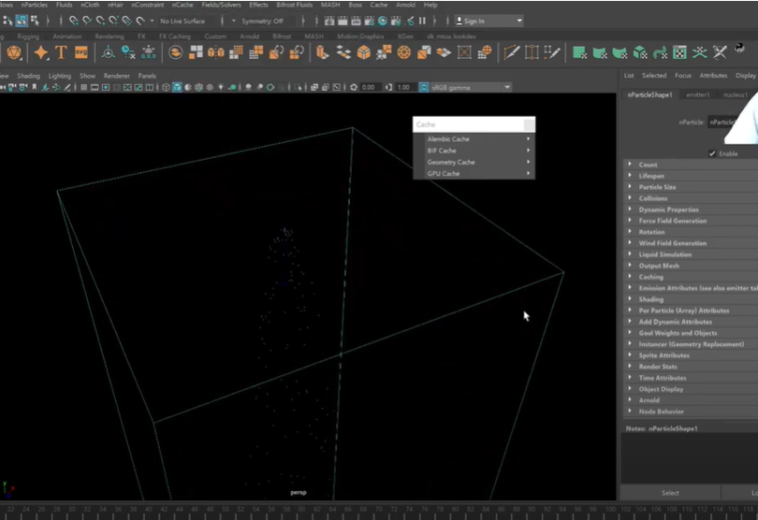Demystifying Caches in VFX Pipeline: Understanding the Basics and Practical Applications
Welcome to VFX Pipeline channel! In this informative video, we delve into the world of caches from a VFX Pipeline perspective. Join us as we demystify the concept of cache and explore its crucial role in the visual effects industry. We’ll specifically focus on how caches work in popular software like Maya and Houdini, shedding light on their applications and importance in VFX studios.
Caches serve as a vital component of the VFX Pipeline, enabling artists and studios to store and efficiently access data, enhancing performance and streamlining workflows. In this video, we break down the fundamentals of caches, explaining their purpose and benefits within the context of VFX production.
You’ll gain insights into the inner workings of cache systems in Maya and Houdini, learning how these software leverage caches to optimize rendering, simulations, and other resource-intensive tasks. Discover the various uses of caches in VFX studios, such as speeding up playback, facilitating collaborative workflows, and enabling efficient data transfer between different stages of production.
Furthermore, we’ll touch upon programming concepts related to caches and demonstrate two common methods of storing cache data: JSON format and the Mam Cached format. By understanding these programming concepts, you’ll gain a deeper appreciation of how caches can be effectively utilized and manipulated to suit your specific needs.
If you’re eager to enhance your understanding of caches in the VFX Pipeline, then this video is a must-watch! Email us at contact@hqvfx.com to gain access to additional resources and guidance on building a robust VFX Pipeline for your studio.
Don’t forget to hit the subscribe button to stay updated with our future videos. Join our community of VFX enthusiasts and embark on an exciting journey of mastering the art and science of visual effects.
- 162 views





